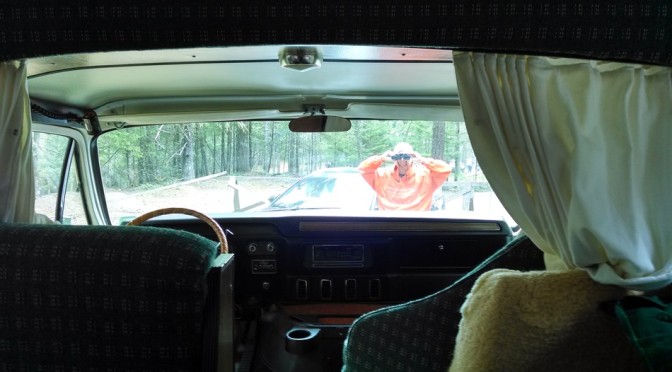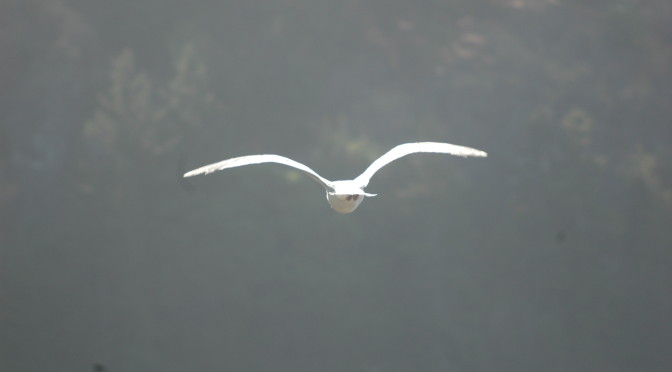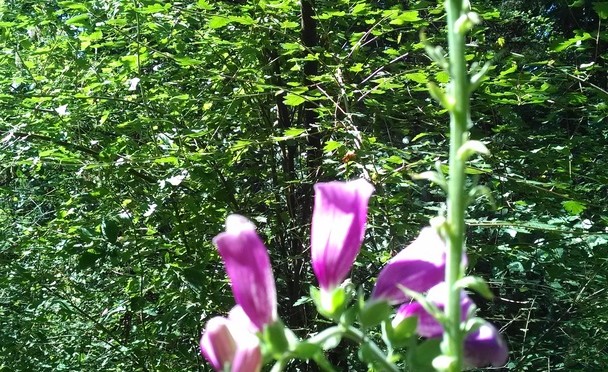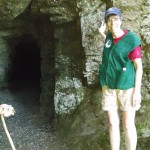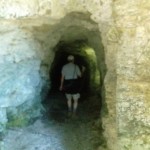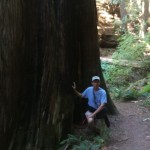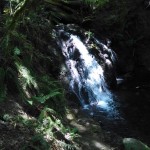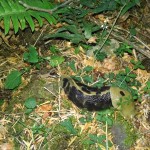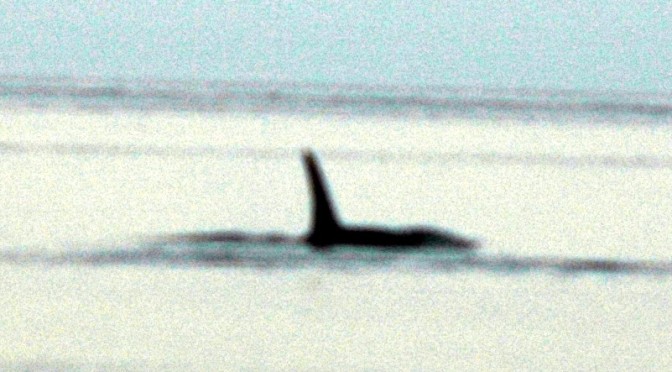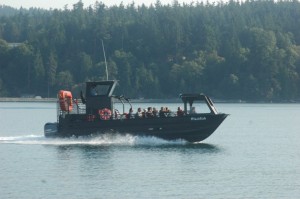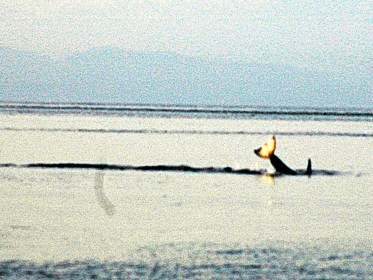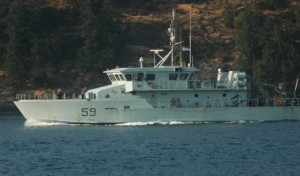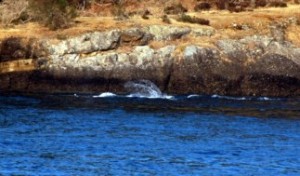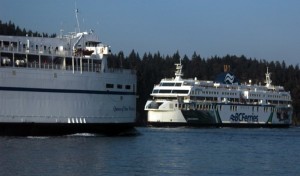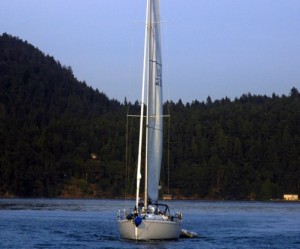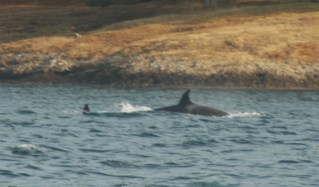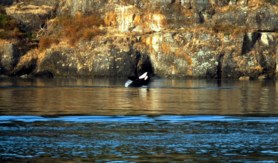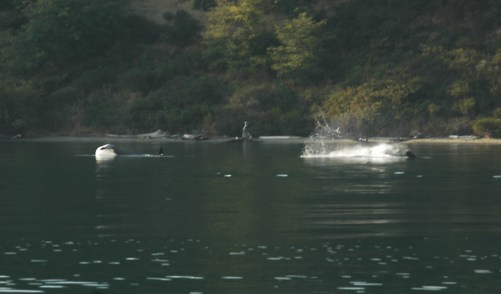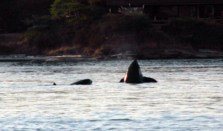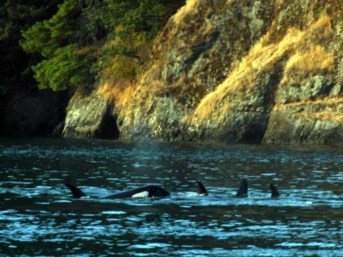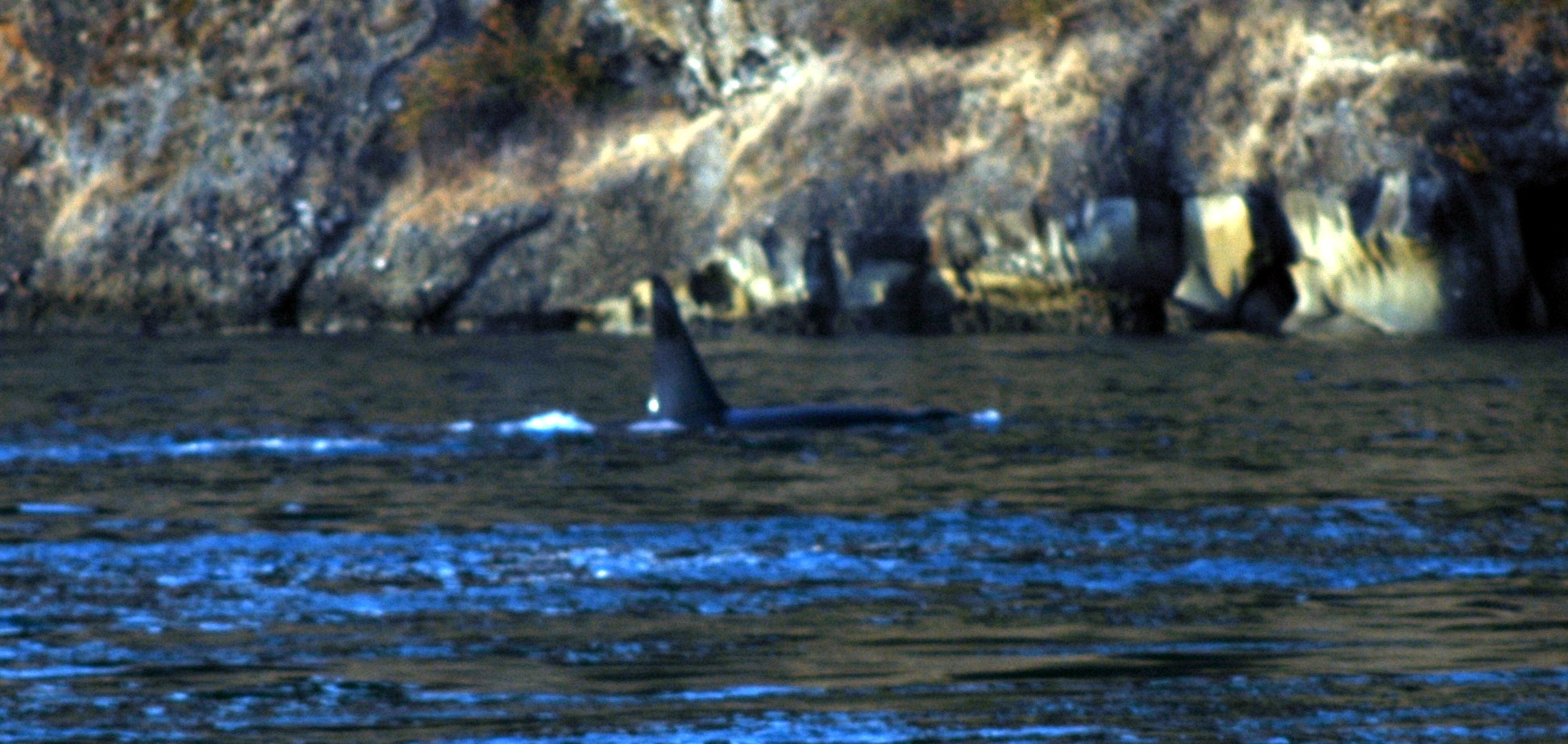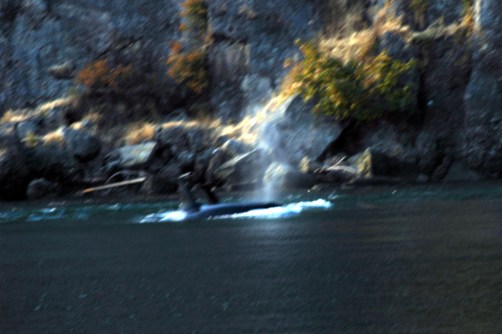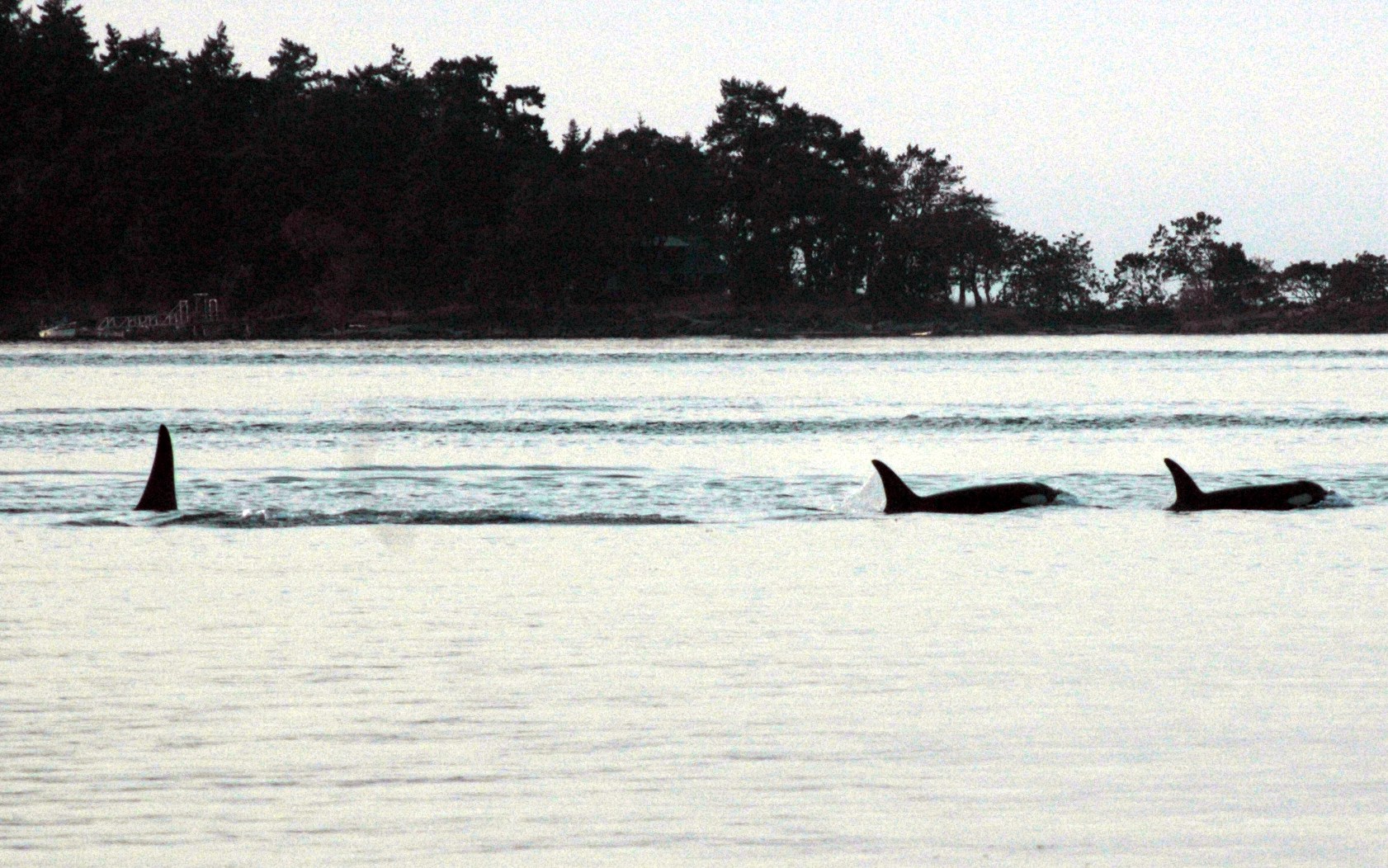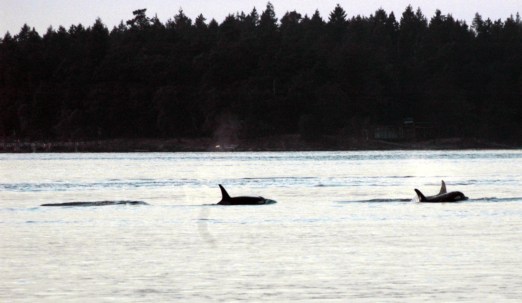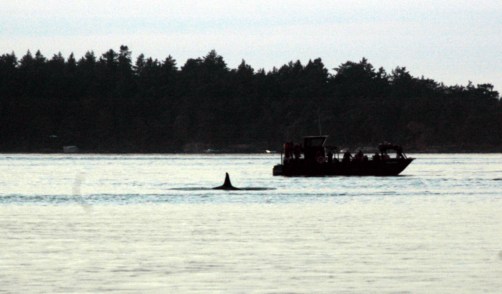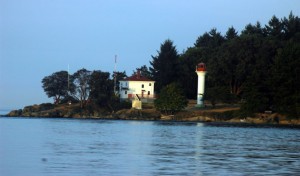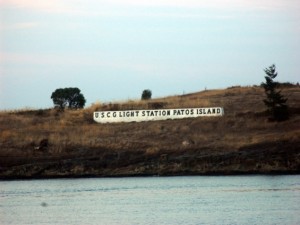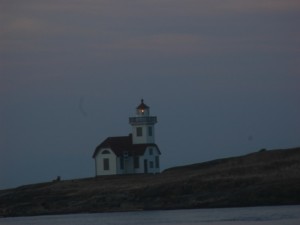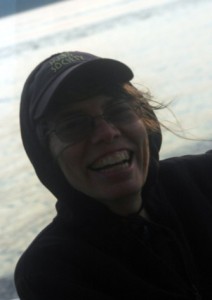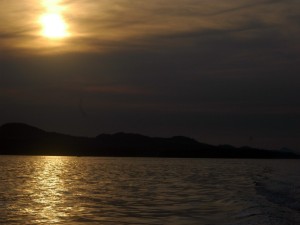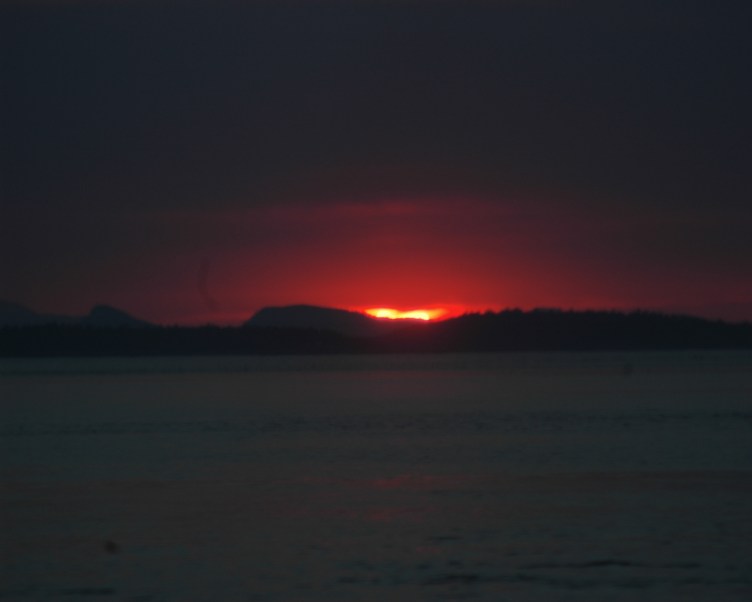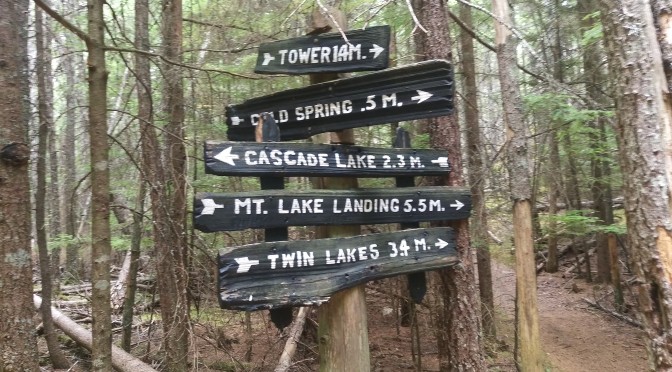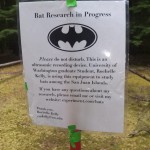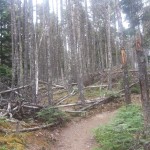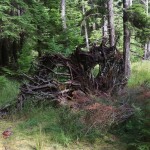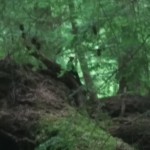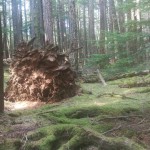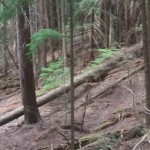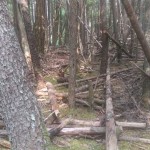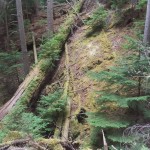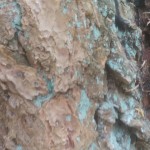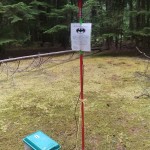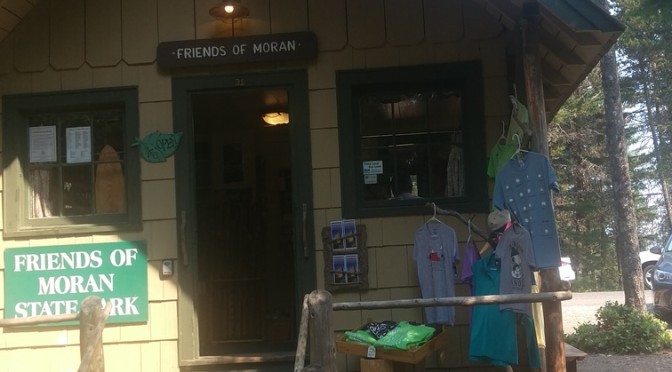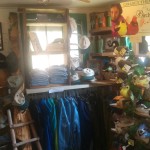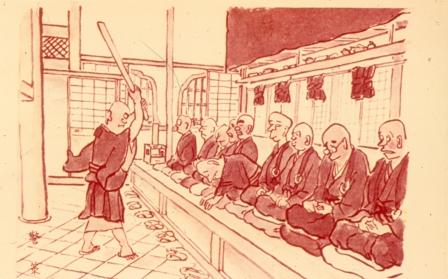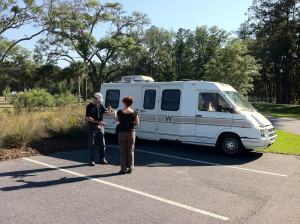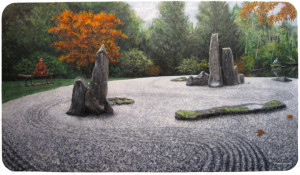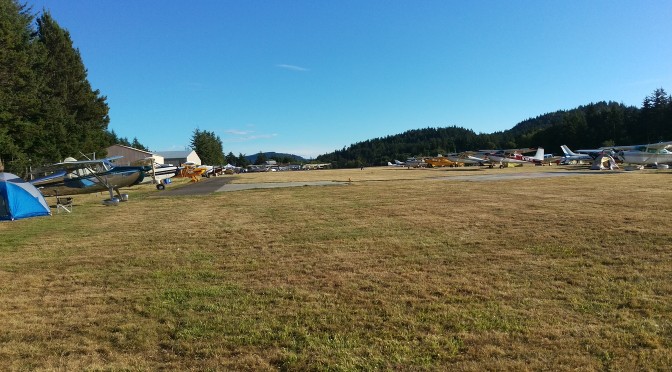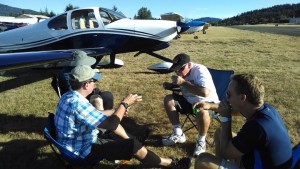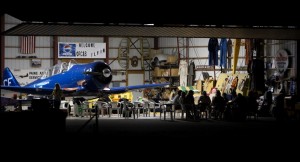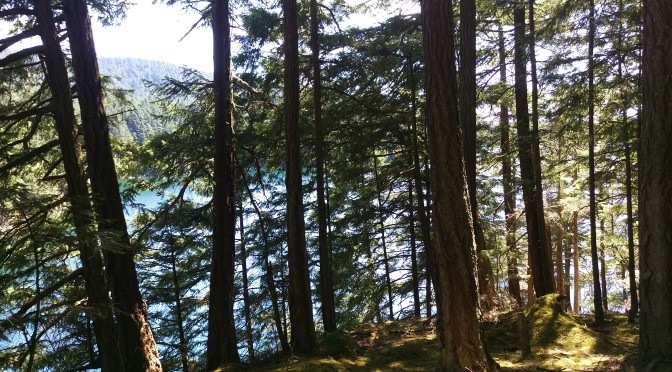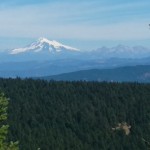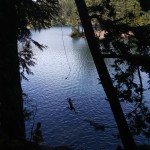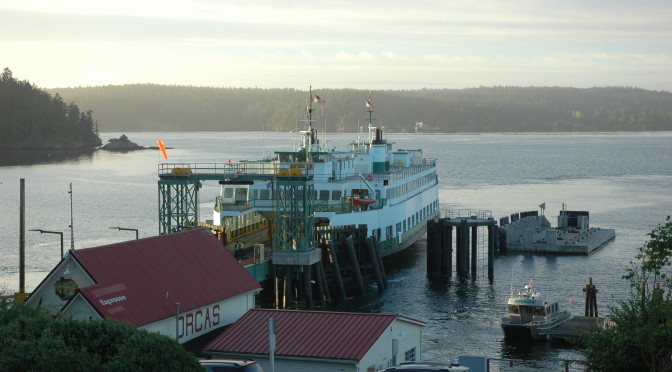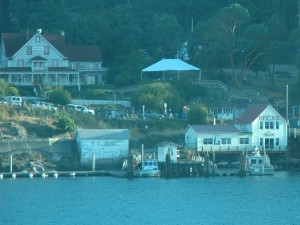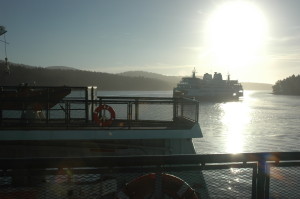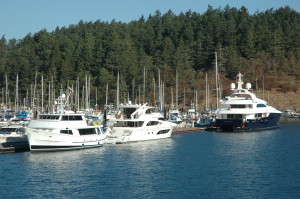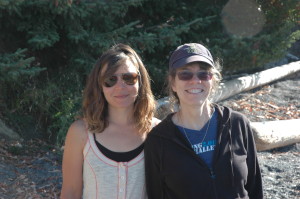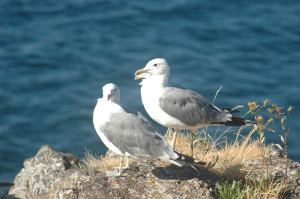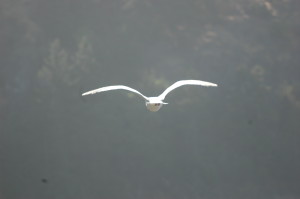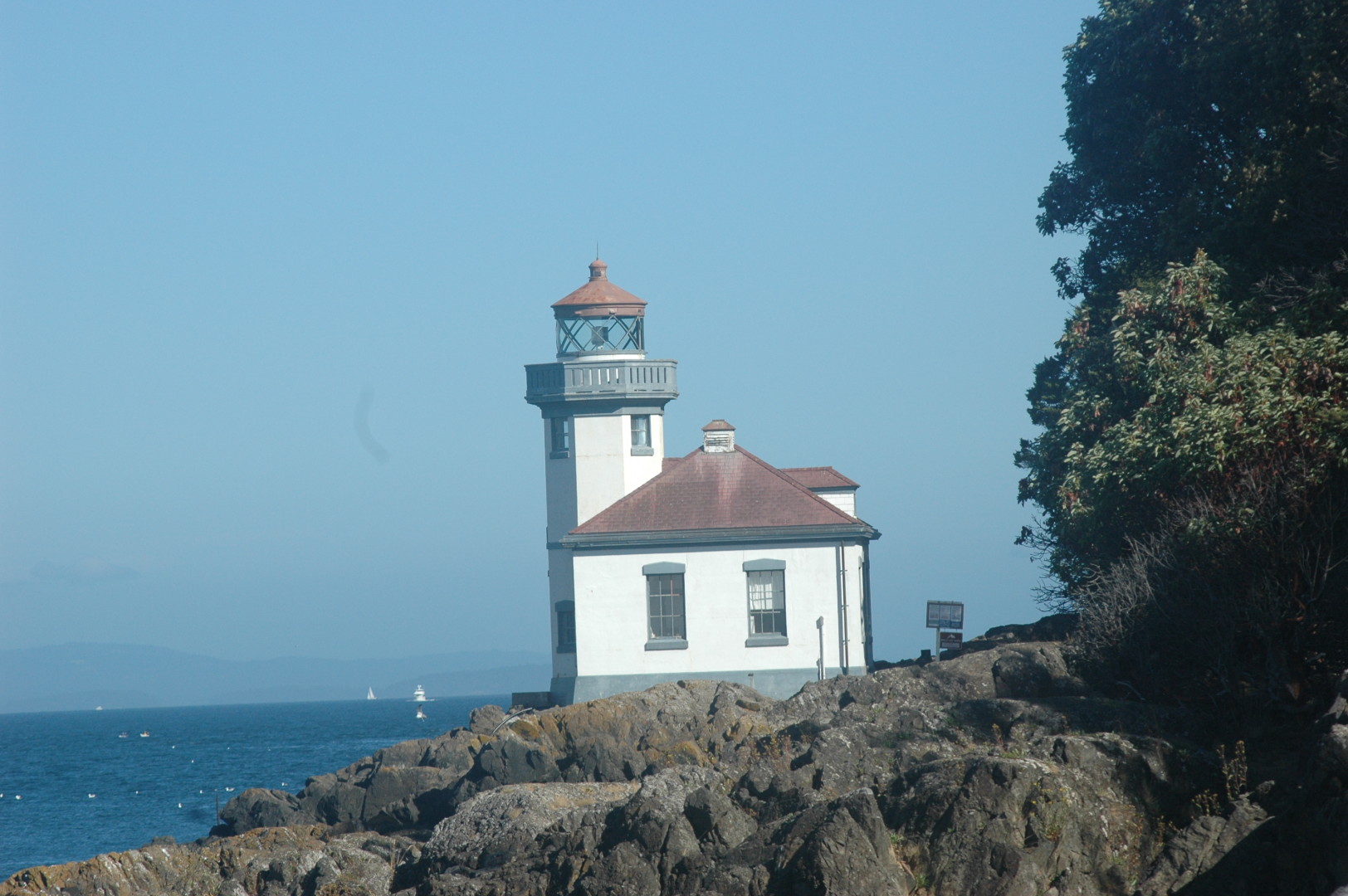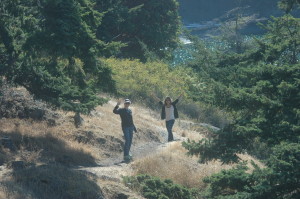This post is a shout-out to others living as nomads, especially any of you who have done the volunteer park host, docent, or light house “keeper” thing:
So, I glanced up the other day to see a guy with binoculars six feet in front of our motor home, smiling like a jack-o-lantern, and gazing in our front windscreen with his field glasses!
How do you deal with the curiosity of the public near your home? Ok, it’s a camp site, but home is home…is where you hang your hat… and where the heart is…AND, HEY, YOU! THIS IS WHERE I LIVE!! BEAT IT!!!!!
From the very first day here, some visitors to Mt. Constitution have had a tendency to wander all around our camp site, which is the one and only hook-up here. It’s a no-camping, day-use only part of the park, and we’ve got a little sign out there that reads, ‘SUMMIT HOSTS – ANN & ELLIOTT’. There are also saw-horses, and a polite sign which reads, ‘PLEASE DON’T BLOCK RV SITE’. Most people do “get it” that, “Hey, that must be a residency”, and they respect the boundary.
But for a certain kind of person, every boundary is a challenge to their special entitlement to violate it. The first few times these dweebs would really raise my hackles, but with the passing days here, I’m considerably more relaxed about it, if no less disgusted by these creeps. I’ve learned to see the humor in their absurd conceit. If I have “the drop” on them, it’s kind of fun to suddenly pop into view. Like ambush journalist Mike Wallace barging into the corrupt politician’s office, bang! There I am, all alligator smiles, asking, “Are you lost? Can I be of assistance?”.
In fairness, sometimes they really are just disoriented, and in dire need of the restroom. Those people I cheerfully help and guide along. But the voyeurs will blanch with shame: They’ve been caught peeping in your windows, and they know… that you know… what they were really up to…AND what they are. It’s kind of wonderful to see them stammer, “Uh, no, … good-bye.” And off they slink!
Well played, Elliott… well played! 😀
